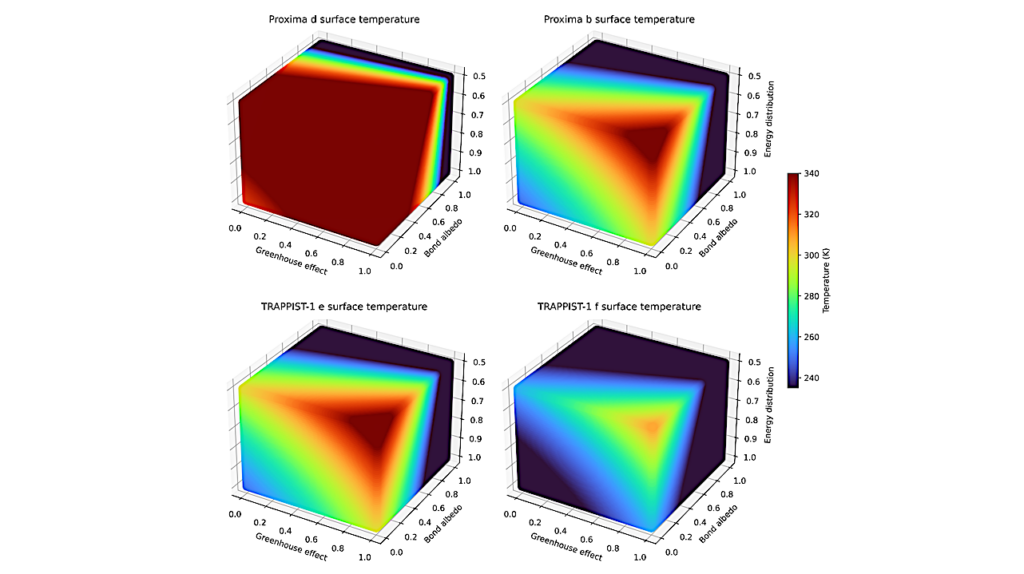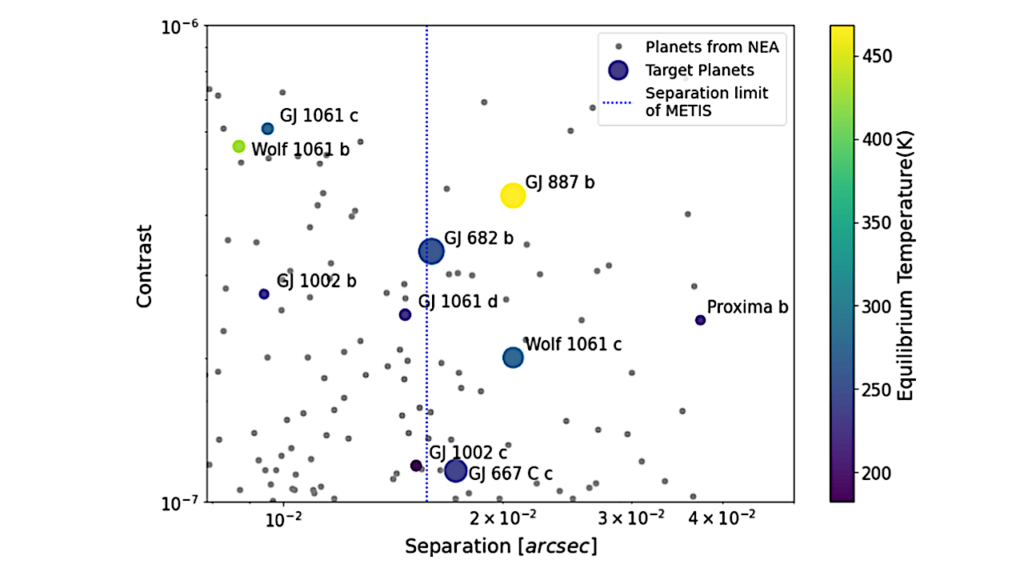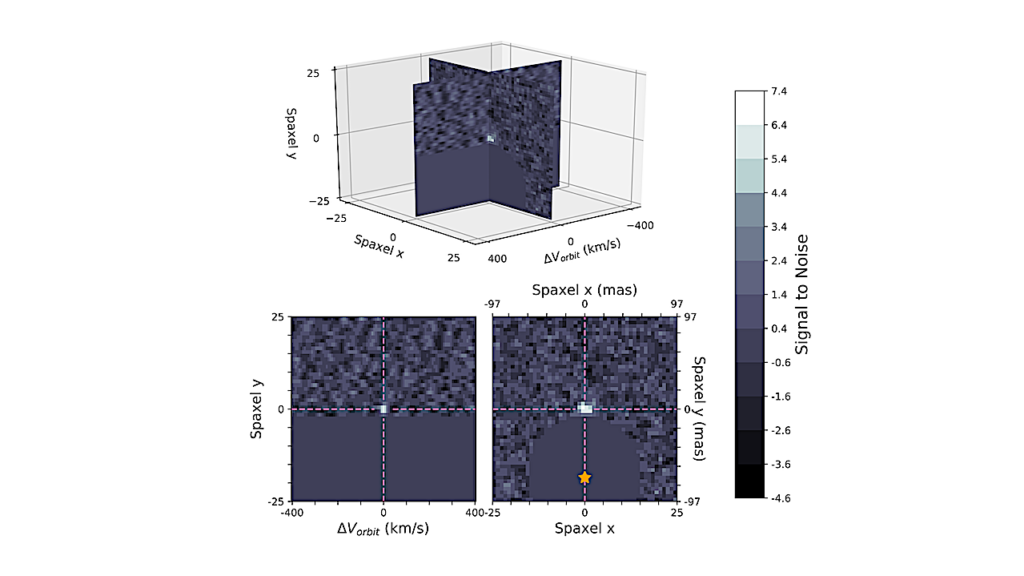Dynamical Evolution and Stability Maps of the Proxima Centauri System

Proxima Centauri was recently discovered to host an Earth-mass planet of Proxima b, and a 215-day signal which is probably a potential planet c.
In this work, we investigate the dynamical evolution of the Proxima Centauri system with the full equations of motion and semi-analytical models including relativistic and tidal effects. We adopt the modified Lagrange-Laplace secular equations to study the evolution of eccentricity of Proxima b, and find that the outcomes are consistent with those from the numerical simulations. The simulations show that relativistic effects have an influence on the evolution of eccentricities of planetary orbits, whereas tidal effects primarily affects the eccentricity of Proxima b over long timescale.
Moreover, using the MEGNO (the Mean Exponential Growth factor of Nearby Orbits) technique, we place dynamical constraints on orbital parameters that result in stable or quasi-periodic motions for coplanar and non-coplanar configurations.
In the coplanar case, we find that the orbit of Proxima b is stable for the semi-major axis ranging from 0.02 au to 0.1 au and the eccentricity being less than 0.4. This is where the best-fitting parameters for Proxima b exactly fall. Additional simulations show that the robust stability of this system would favor an eccentricity of Proxima b less than 0.45 and that of Proxima c below 0.65. In the non-coplanar case, we find that mutual inclinations of two planets must be lower than 50◦ in order to provide stability. Finally, we estimate the mass of Proxima c to be 3.13 M⊕ ≤ mc ≤ 70.7 M⊕ when 1.27 M⊕ ≤ mb ≤ 1.6 M⊕, if imutual ≤ 50◦ and ∆Ω = 0 ◦.
Tong Meng, Jianghui Ji, Yao Dong
(Submitted on 21 Sep 2018)
Comments: 11 pages, 11 figures, accepted for publication in MNRAS
Subjects: Earth and Planetary Astrophysics (astro-ph.EP)
Cite as: arXiv:1809.08210 [astro-ph.EP] (or arXiv:1809.08210v1 [astro-ph.EP] for this version)
Submission history
From: Jianghui Ji
[v1] Fri, 21 Sep 2018 17:04:10 GMT (997kb)
https://arxiv.org/abs/1809.08210








